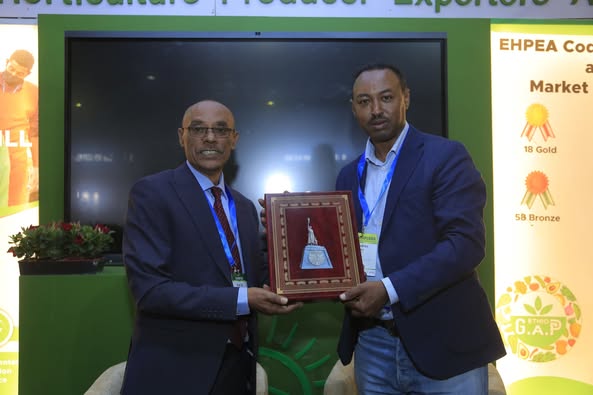Background
Agriculture has always been the source of livelihoods in Ethiopia and is thus often dubbed as the backbone of the national economy. The sector employs more than 80% of the population. It also contributes 43% of the gross domestic product, and 90% of the export earnings is derived from agriculture. Moreover, it supplies a significant proportion of the raw materials for the agro-industries. However, due to the poor, traditional and backward agricultural performance, millions of people still face food shortage, famine, starvation, and malnutrition.


Departments

PhD Programs

MSc Programs

UG Programs

Academic Staffs

Administrative Staff
Gallery
Video
Video that Shows Partial parts of College of Agriculture and Environmental Sciences
CAES, 2025News and Events
03 April, 2025
HortiFlora Expo
Lorem ipsum dolor sit amet, consectetur adipiscing elit, sed do eiusmod tempor incididunt ut labore et dolore magna aliqua.
Read More





